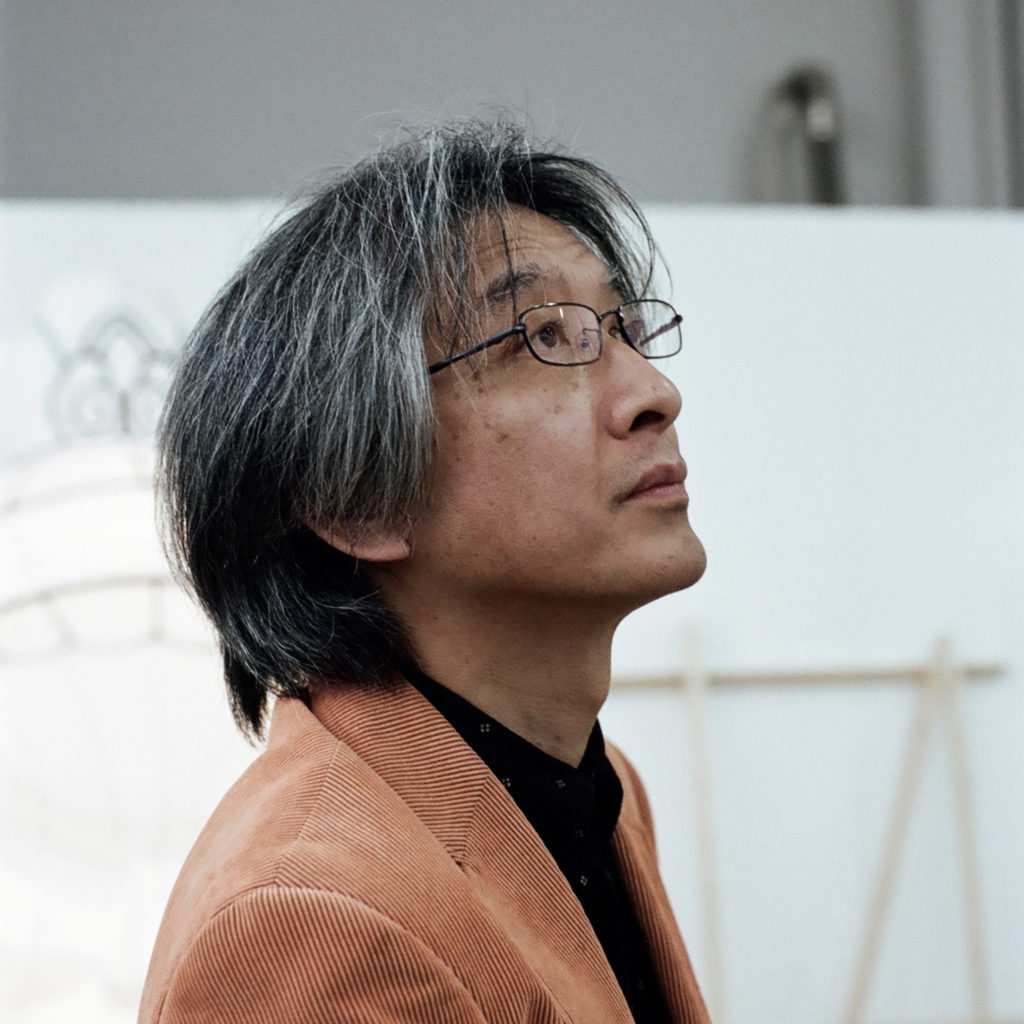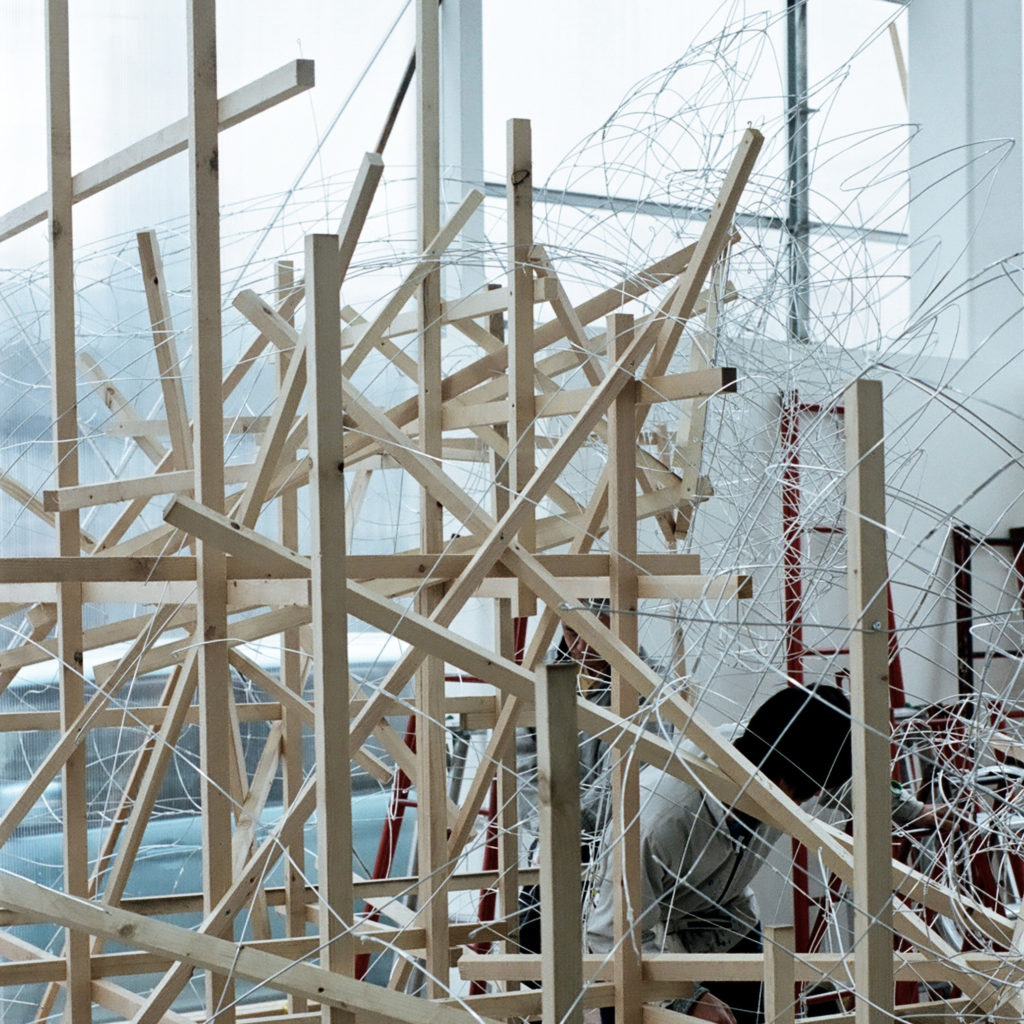Story 01 | Imagining a network of wires and wood
It’s the peak of summer in Aomori, the last of the snow has melted and festival sounds are in the air: high pitched chanting, booming drums, flutes and crashing cymbals. The Nebuta are coming. During most of the year the population of this northern city is around 300,000 but each night from August 2nd-7th, the main streets are lined with millions of spectators waiting to see the Nebuta pass by in a glowing maelstrom of noise and colour. Most spectators are tourists, but for the Aomori locals, this maelstrom is a moment they have been working towards all year.
Each Nebuta is a complex wireframe construction, covered in traditional japanese paper, painted vibrant colours and lit from inside with up to 1,500 electric lights. When it’s completed it will be a glowing sculpture, depicting warriors and demons brandishing huge weapons, mythological beasts and historical characters, all intertwined with grimacing faces. “The demons and screwed up faces are meant to scare away bad spirits,” says Hiroo Takenami, one of about 13 Nebuta-shi (the name given to Nebuta artists) in Aomori, “and bad spirits are a clue to the origins of the festival.” While there are a number of origin stories about the Nebuta, Takenami believes the festival is an adaptation of Tanabata, an older festival where, in some regions, bad spirits would be sent into burning figures and floated out to sea. “Originally the figures were small, but over time they grew to huge proportions,” Takenami says as he leads us into his workshop.
A team of workers is inside, working on a network of wires and wooden frames, which at this stage has no clear shape. Although the Nebuta are complex three dimensional forms, nothing other than a 2D drawing by a Nebuta-shi is used as a reference to create the final 3D forms. Takenami shows us his drawing for this years float, it’s the only reference guiding the wood and wires around us. On the page are two grimacing warriors, surrounded by waves of colour and a dozen swords. His inspiration comes from decades of watching the floats; “I saw my first Nebuta when I was four year old, in Showa 38. I went to the festival every year after that. I think Astro Boy was popular at the time, but I wasn’t interested in manga, just Nebuta.”

Although he had aspirations of becoming a Nebuta-shi, Takenami became a pharmacist, only working on Nebuta at night or on holidays. “My goal was always just to do one big one,” he says, and In 1988, when he was 29, he got that chance. Six years later he quit full time work as a pharmacist and devoted himself to the festival. This year he is working on three separate Nebuta at once and he will need to work around the clock to finish before the festival. “It’s hard work sometimes, but I want to make Nebuta until i’m 150 years old. If I can’t do it anymore then I don’t have any reason to live,” he says casually.
< PAPERSKY no.42(2013)>












